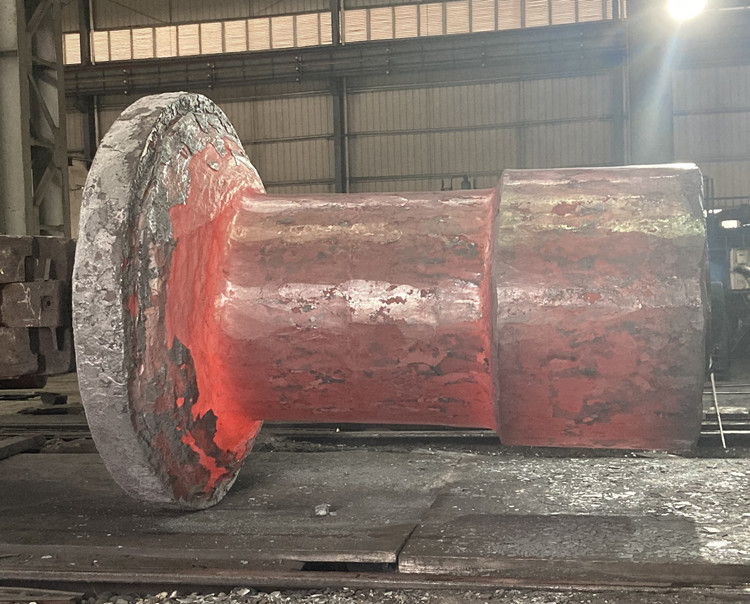- tyler@kirail.com
- +86 15603721115
Based on the above analysis, the author combines the actual experience in daily production and proposes the following measures for grain control in the production process of large forgings from the aspects of personnel, machinery, metal materials, methods, environment, etc.
1. Strengthen the training of various types of work, especially the training of forging workers.
The forging process is a collective operation. Heating and forging requires heat treatment workers, forging requires forging workers, transportation requires crane workers, and equipment maintenance and repair require fitters. Each process has an impact on the grain size of large forgings. For each member of the collective (especially forging workers), it is necessary to master the operating essentials of each process, formulate emergency plans for emergencies that may occur in the process, have corresponding measures, and improve the skills of various types of work in actual operation through training, and master the ability to deal with daily problems.
2. Rationally design tooling and accessories.
Rationally design tooling and accessories, design special tooling for specific problems in batch products, improve material utilization and forging efficiency, and ensure the reliability of product quality.

3. Optimize the process.
Finite element analysis software is used to simulate the forging process, analyze the metal flow law, and optimize the forging process parameters. The final heating temperature and holding time have a significant effect on the microstructure attenuation of forgings after heat treatment. Therefore, special attention should be paid to the final heating temperature and holding time during the process to control the grain coarseness and microstructure heredity during the forging process as much as possible. During the forging process, the billet needs to be heated to more than 1200 ℃ for many times, and is often in a local forging state. The grains grow rapidly in the austenite state; the recrystallization process cannot ideally refine all the grains in this part, and the traditional post-forging heat treatment process does not pay enough attention to the cooling rate, resulting in the microstructure not meeting the high strength requirements. In the post-forging heat treatment process, it is necessary to highlight the refinement of grains and promote recrystallization with a faster cooling rate. Add a high-temperature austenitization in the post-forging heat treatment process to refine the grains, and increase the cooling rate by blowing air after normalizing.
4. Refining operation.
Refine the operation standards: For example, set the initial deformation of large forgings during the forging process for the forger, and the deformation is consistent each time and the rotation angle is uniform. During upsetting, the cutting block, upsetting cap, blank, and upsetting leakage plate should be in the same straight line to avoid folding and eccentricity of the blank during upsetting. Modularize the points that need to be considered and concerned in each step, and incorporate relevant improvement measures into the specifications in a timely manner according to the quality problems encountered during the production process. Through the PDCA cycle, continuously summarize, improve and improve.
5. Strengthen the control of the entire production process.
To ensure that the technical and process requirements are strictly followed during the forging process, the process personnel should provide technical services and on-site guidance in a timely manner to solve various technical problems encountered at any time.